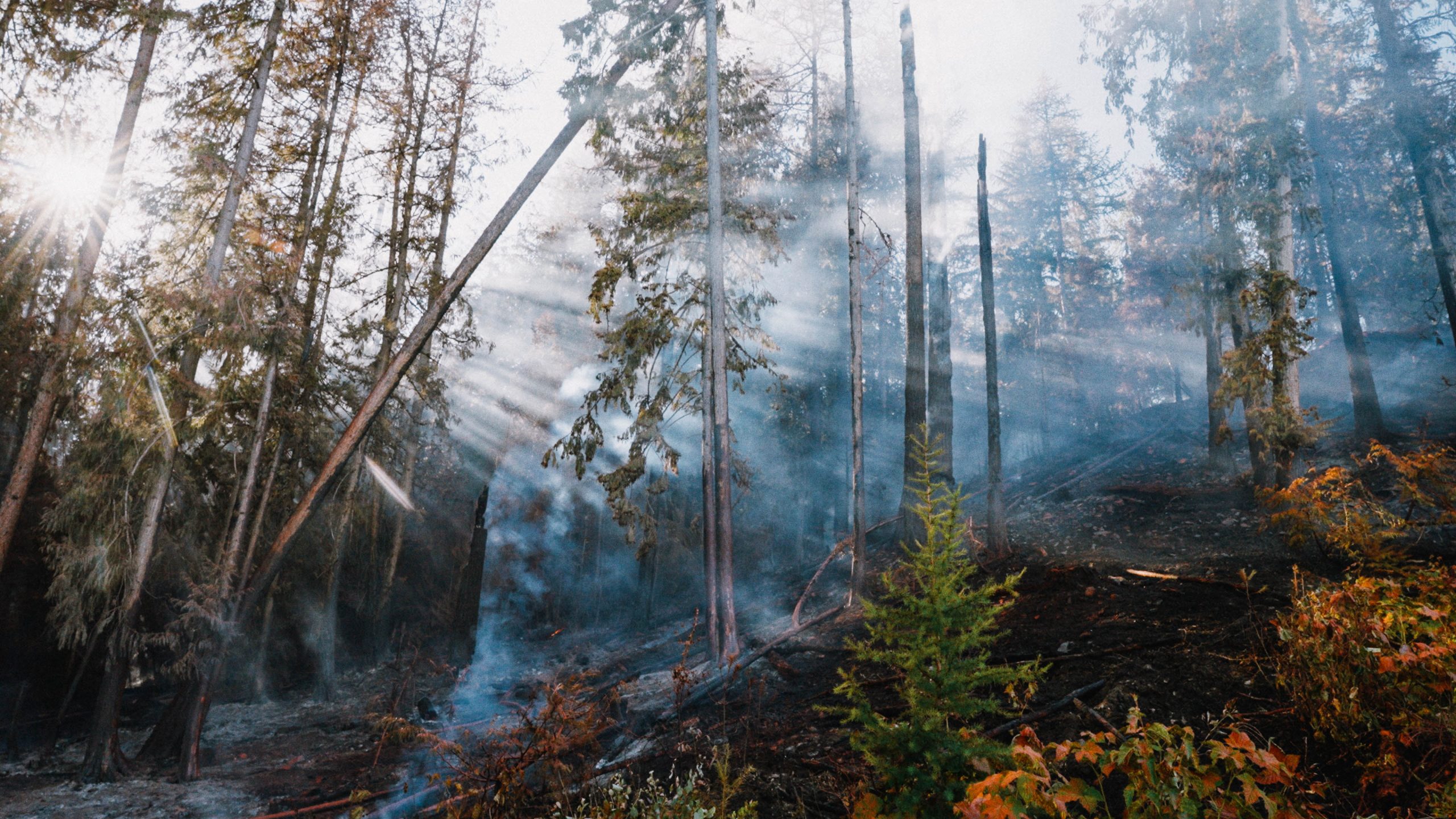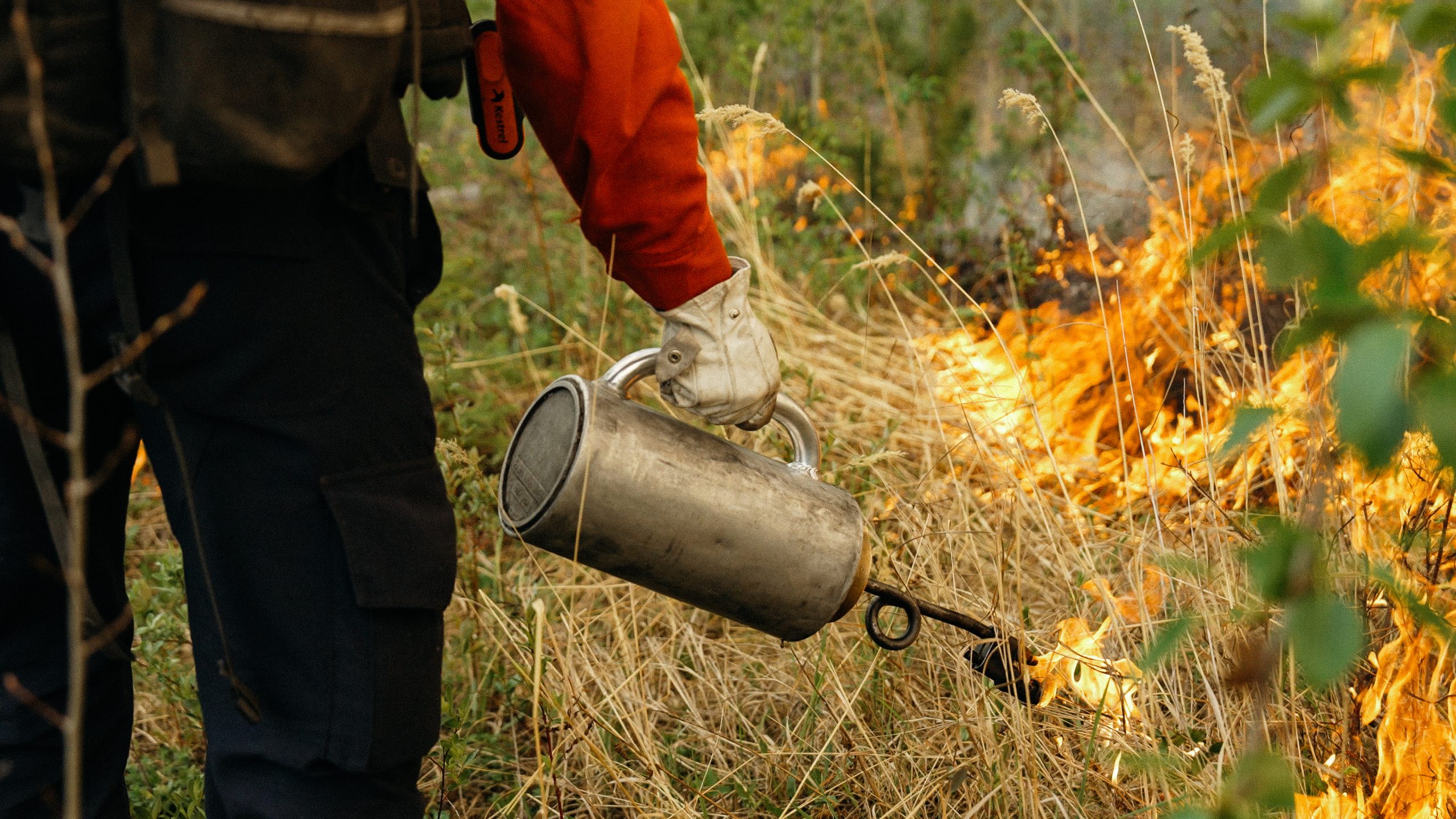Understanding Resilience: How to Persist and Evolve with Change

Resilience is a large and complex field of research and application, and the concept is used by different sectors to indicate different ideas. In our work at POLIS, we rely on the Stockholm Resilience Centre’s definition of resilience as “the capacity to deal with change and continue to develop.”
We also use a social-ecological systems (SES) perspective, borrowed from the Stockholm Resilience Centre, which emphasizes that “humans must be seen as a part of, not apart from, nature—that the delineation between social and ecological systems is artificial and arbitrary.”
Social-ecological systems resilience, is “the capacity of a system to absorb disturbance and reorganize while undergoing change so as to still retain essentially the same function, structure, identity, and feedbacks,” (Folke, 2006). Social-ecological resilience has three main components: persistence, adaptability, and transformability (Folke, 2010).
- Persistence indicates a system’s absorptive or buffering capacity “for conserving what you have and recovering to what you were,” (Folke, 2010). In social-ecological resilience, persistence relates to the capability to absorb disturbances without losing essential functions.
- Adaptability or adaptive capacity is a system’s ability to “be robust to disturbance and capable of responding to change,” (Plummer, 2010). Adaptability captures the capacity of a SES “to learn, combine experience and knowledge, [and] adjust its responses” to changing conditions as well as to influence the trajectory of the system (Walker, 2004).
- Transformability is “the capacity to create a fundamentally new system when ecological, economic, or social (including political) conditions make the existing system untenable” (Walker, 2004).

These concepts from a SES perspective have been combined with notions of resilience from health and psychology literature to create a definition of resilience for the local or community level (as opposed to the ecosystem or individual level) (Berkes, 2013). Following this integrated approach, we define community resilience as “the existence, development, and engagement of community resources by community members to thrive in an environment characterized by change, uncertainty, unpredictability, and surprise” (Magis 2010).
The Stockholm Resilience Centre offers valuable resources on this topic, including a resilience dictionary that defines and explains key concepts and related terms.



